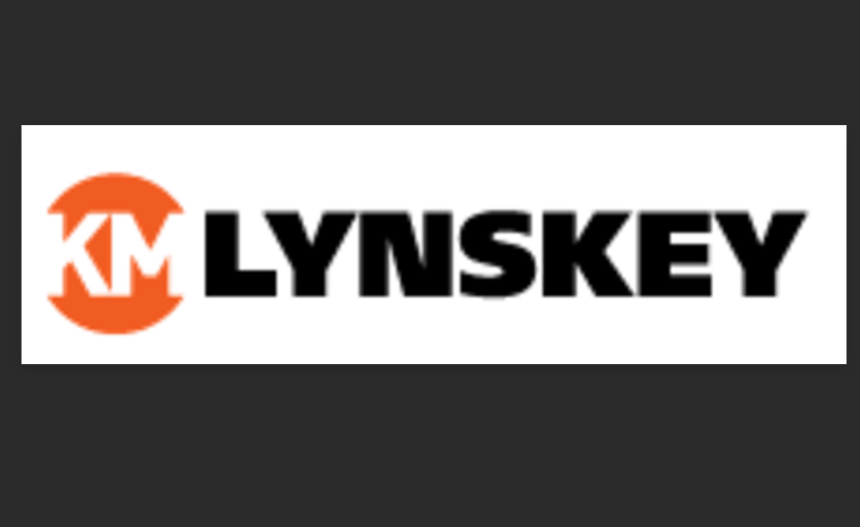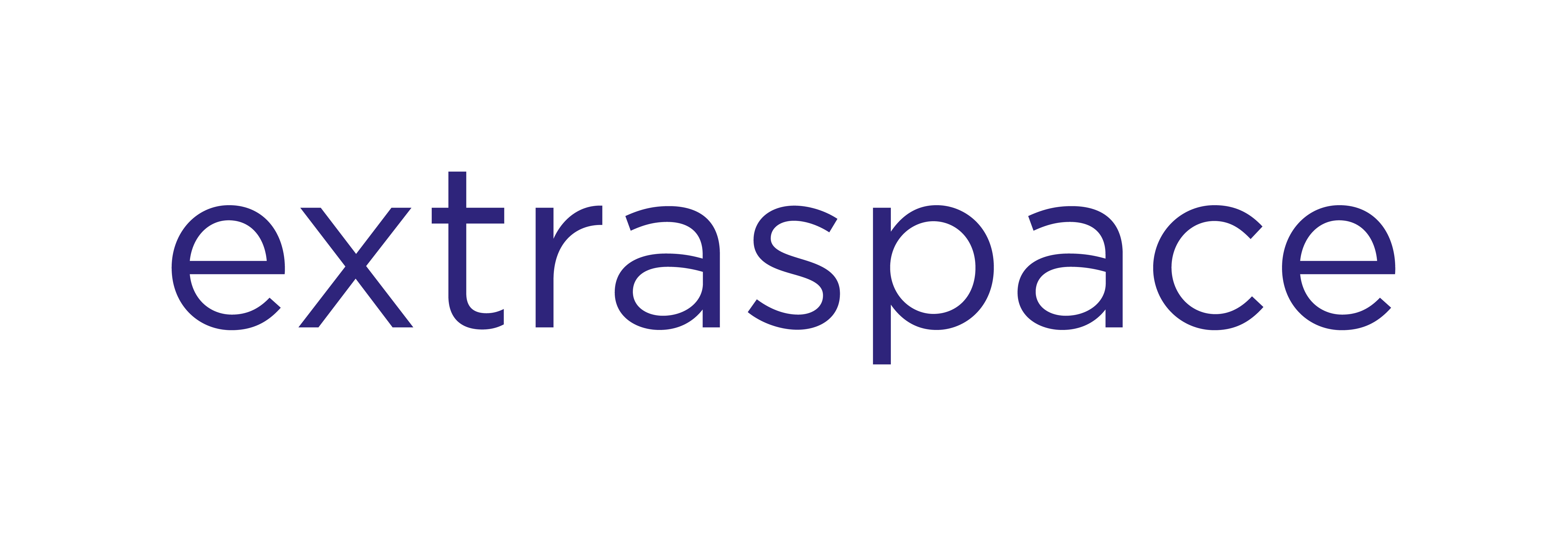Title Page
-
Conducted on
-
Project Manager
-
Prepared by
-
Location
-
Audit Date
Previous Week:
-
1. Has the last inspection been reviewed?
-
2. Have all actions from previous inspection been completed?
Site Access:
-
3. Is the site secure, fencing/ hoarding in good condition. Measure taken to prevent unauthorised access?
-
4. Are the walkways well maintained, clear from obstruction and proper signage in place?
-
5. Are cables elevated above head height where possible?
-
6. Is there adequate vehicle/ pedestrian segregation evident on site?
-
7. If applicable are public road ways/ access arrangements well maintained?
-
8. Are there adequate welfare facilities available (canteen, drying room, wc) and are these clean and well maintained?
-
9. Is the compound well maintained i.e. adequate bins in place no build up of debris/ materials or rubbish?
Housekeeping/Material Storage
-
10. Is there evidence of good housekeeping, clean as you go policy being implemented?
-
11. Is there sufficient lighting available, task lighting to be used where there is inadequate natural lighting.
-
12. Are materials stored in an organised and safe manner? (Central storage with barriers and signage in place)
Work at Height:
-
13. Are signage and exclusion zones present?
-
14. Is the WAH inspections up to date( GA1/GA3)?
-
15. Is the WAH equipment tagged safe to use and is it in good condition?
-
16. Are scaffolds used on site?
-
17. What is the condition of the scaffold (set up on good ground conditions, tied or supported to prevent collapse?, double guard rails, toe boards in place, no open edges present, netting in place if required.
-
18. Has the scaffold been inspected within the past 7 days and is there a scafftag present?
-
19. For mobile scaffolds - Are double guardrails /wheels in good condition/brakes present?
-
20. MEWP operators – are operators trained and competent to operate the MEWP?
Personal Protective Equipment:
-
21. Are operatives adhere to the mandatory PPE policy on site?
-
22. Is the right PPE used for task? (e.g. safety goggles/ visor for used with abrasive wheels, hearing protection where required)
-
23. Respiratory Protection (RPE) - correct type of RPE worn for works being undertaken?
-
24. Do operatives hold manual handling training?
-
25. Are operatives using good Manual Handling techniques by using mechanical means or reduced by use of lifting aids?.
Tools/Equipment:
-
26. Are tools and equipment weekly inspected with evidence of inspection?
-
27. Are guards and handles in place?
-
28. Power Tools: electrical tools and equipment only 110v, visually inspected and regularly tested by competent person (PAT)? Cables and leads in good condition, protected from damage and not trailing to present a trip hazard? Hand tools used safely.
Plant/Machinery:
-
29. Are Plant/Machinery used on site?
-
30. Are thorough examination certs for plant on file?
-
31. Are weekly inspections completed for all plant & equipment? (e.g. dumpers, forklifts, etc.). Is plant in good condition, beacons and alarms in place and in good working order?
-
32. Have all plant operators provided relevant training cards?
-
33. Are operatives safely using plant and machinery, seat belts in use, outriggers in use where required?
Lifting:
-
34. Is there a lift plan in place? Competent personnel involved in lift. Have staff involved in lifting practices been briefed on the lift plan?
-
35. Are operatives using safe practices for lifting, check for overhead risks (power lines etc) ?
-
36. Is equipment/ lifting accessories in good condition? GA1s in place for all lifting accessories?
Fire & Emergency:
-
37. Fire Point – Are there adequate fire points available, means of raising the alarm?
-
38. Fire extinguishers – adequate supply, all within service date?
-
39. First Aid – Are there qualified first aiders available on site, identifiable with helmet sticker? Emergency information posted in welfare areas.
-
40. First Aid – Is there adequate first aid & eye wash supplies available on site, all consumables in date?
-
41. Is smoking well controlled on site? Do any combustibles pose risk – build up of materials, timber, waste, packaging etc?
-
42. Are hot works well controlled, permits in place, evidence of fire watch, fire extinguishers/ blankets at point of use? Correct PPE for hot works in place
-
43. Are Hot Works Permit in place with evidence of old ones being closed of?
Chemical Safety:
-
44. Are chemical materials stored correctly (compatible substances stored together?) Stored in accordance with MSDS/ manufacturer’ s guidelines?
-
45. Are MSDS available, COSHH assessments completed where required?
-
46. Are operatives aware on how to use/store/dispose chemicals? Correct PPE in place?
-
47. Are spill kits readily available in the area?
Temporary works:
-
48. Is the temporary works register up to date? Are designs available for TW erected on site?
Safety Consulatation:
-
49. Is site communication maintained with Toolbox talk /RAMS briefing and SPA?
-
50. Are all operatives trained and inducted on site. Evidence of training?
-
51. Complete random check of staff, are staff aware of policy to be followed in case of accident or emergency on site?
Welfare:
-
52. Health signage in place for staff, information on mental health initiatives, Lighthouse Charity/ EAP programme etc.
-
53. Dust Risks. Is exposure to dusts being managed correctly , e.g. asbestos, silica, wood, etc. Are employees aware of risk to health and have correct control measures in place (LEV/ On-tool dust extraction, natural ventilation, RPE if required)
Summary:
-
Summary of audit:










